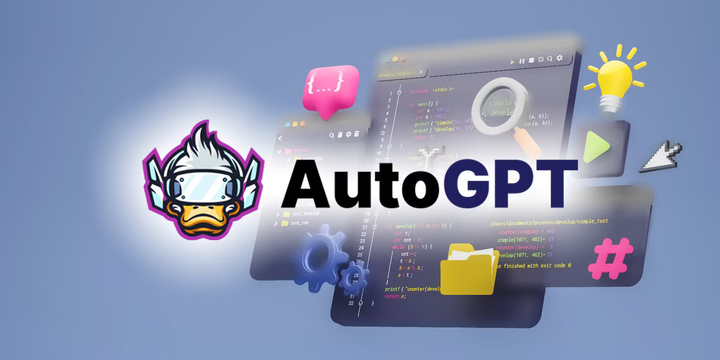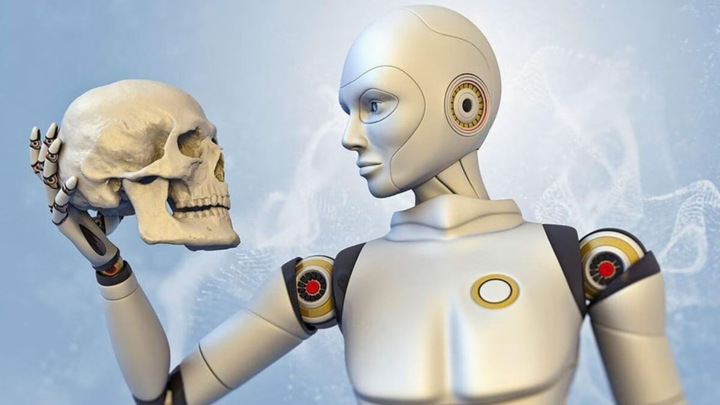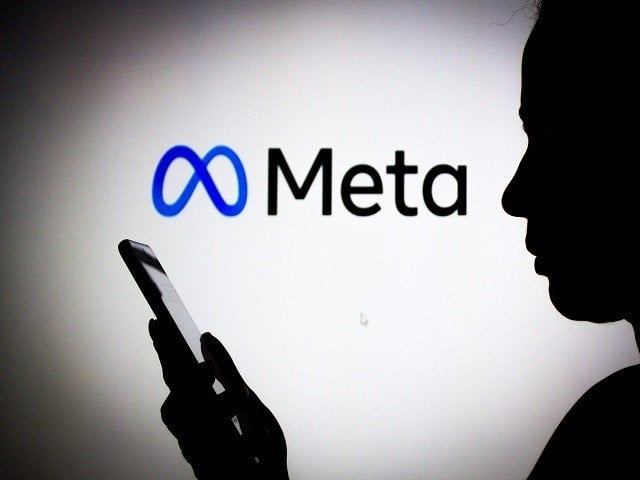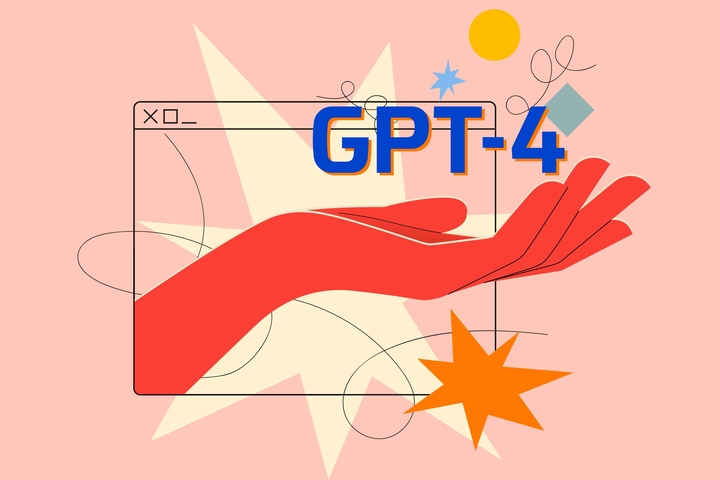IBM to pause hiring in the plan to replace 7,800 jobs with AI
Due to ChatGPT’s growth, artificial intelligence is currently the hottest subject in technology. The Microsoft-powered OpenAI chatbot’s use of AI to respond to queries, generate articles, and even present legal arguments has astounded and amazed users as well as big companies like IBM.
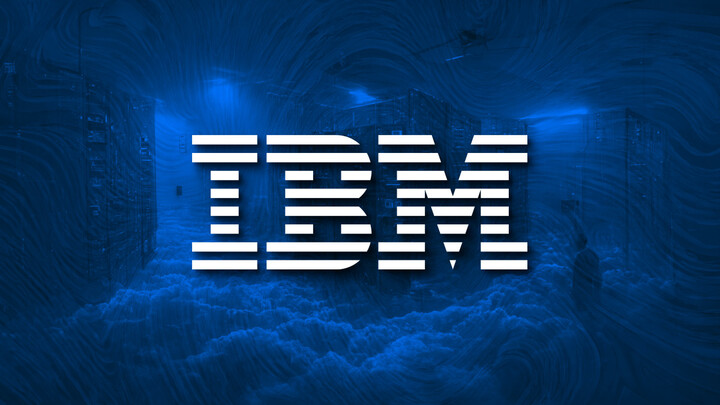
Due to its abilities, people are now more concerned than ever about how, when, and whether artificial intelligence will affect their jobs and career. While worries about AI-based technology replacing workers have grown, professionals say it’s not as simple as it seems.
The answer to the question that if AI going to replace certain jobs is certainly a “yes”.
Also Read: Meta lays off tech teams, battering employee morale
According to Steven Miller, information systems retired professor, at Singapore Management University, improvements in artificial intelligence imply that machines can accomplish more and more, which will undoubtedly have an influence on jobs.
“As physical machines, software systems, and combinations of hardware and software get more capable as a result of AI-enablement, it is increasingly possible as well as economically viable to replace a greater share of the portions of the human work of today with machines,” he told CNBC Make It.
Source: cnbc.com
Certain positions, as stated by Steven Miller, are more prone to this compared to others, such as those that require a lot of repeated phrases or that are reliant on specific rules or regulations that define how a thing is supposed to be done.
On the other hand, since they vary so frequently, it is more challenging for technology to replace tasks that need adaptability and flexibility.
Amidst these discussions of the impact of artificial intelligence on the job cuts, IBM has created an uproar in the industry by saying that it would replace about 7800 jobs with AI in the coming years.
Arvind Krishna, CEO of International Business Machines Corporation, claimed that the company expects to halt hiring since 7,800 job positions may be replaced by artificial intelligence (AI) in the years to come.
According to Krishna, recruitment in back-office areas like human resources (HR) will stop or slow down. He also predicted that in the next five years, artificial intelligence (AI) and automation could take over 30 percent of positions that don’t need customer interaction.
Also Read: SAP reports revenue growth in Q1
His remarks come at a moment in which AI has captured the attention of people all across the world with the November 2016 debut of ChatGPT, a popular chatbot developed by OpenAI with funding from Microsoft Corp.
The PC manufacturer told the publication that part of the decrease might involve not filling positions left vacant by attrition.
IBM did not quickly reply to a Reuters request for comment.

I am a student pursuing my bachelor’s in information technology. I have a interest in writing so, I am working a freelance content writer because I enjoy writing. I also write poetries. I believe in the quote by anne frank “paper has more patience than person
